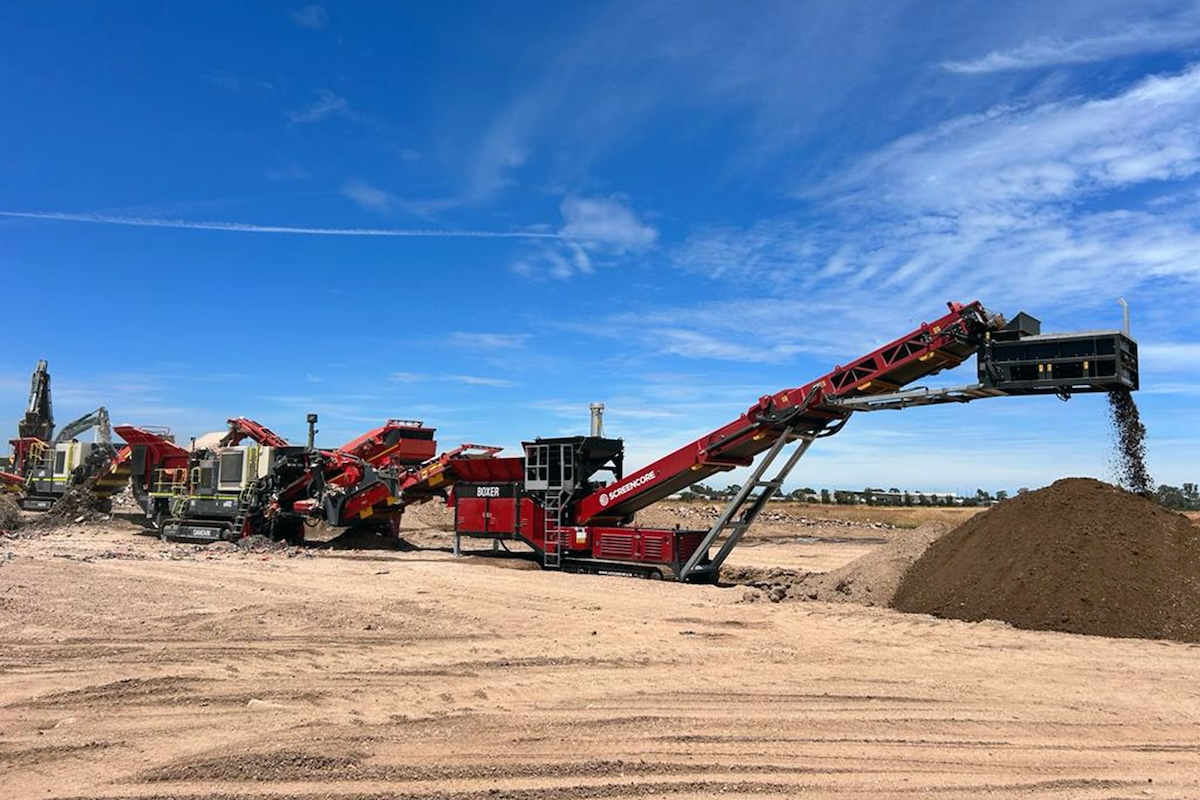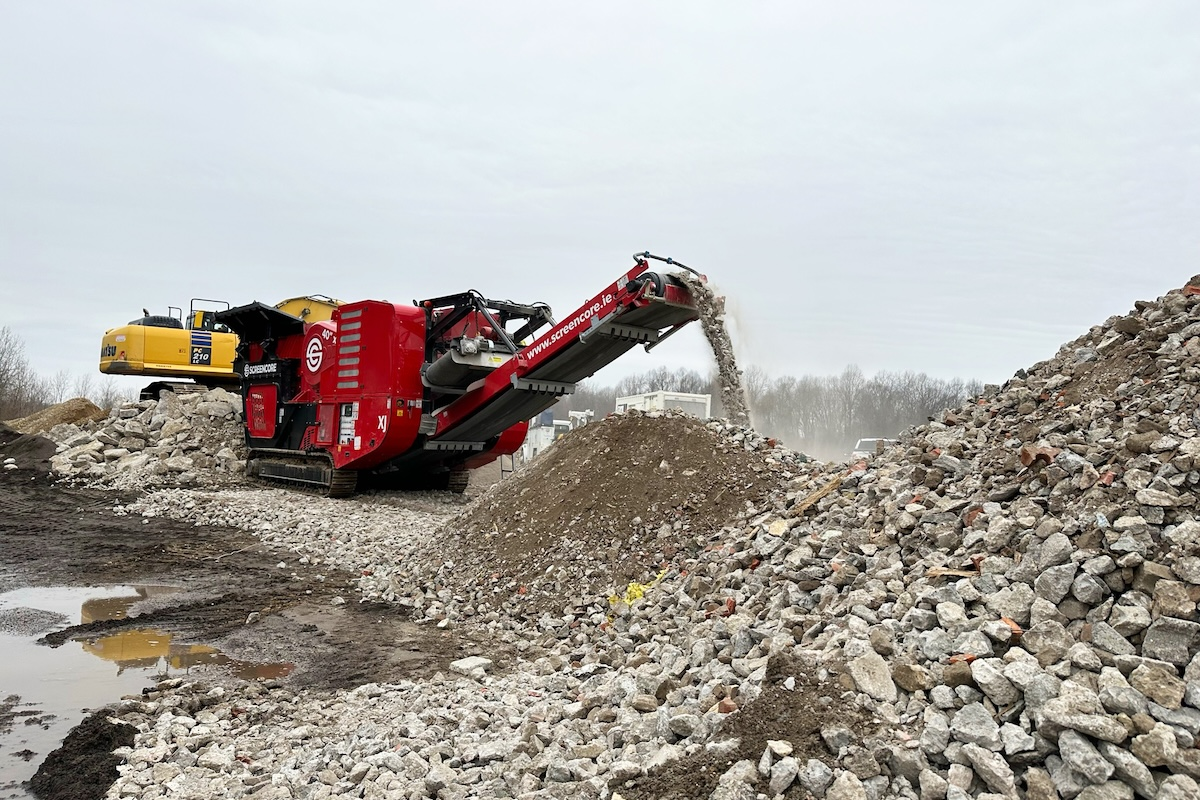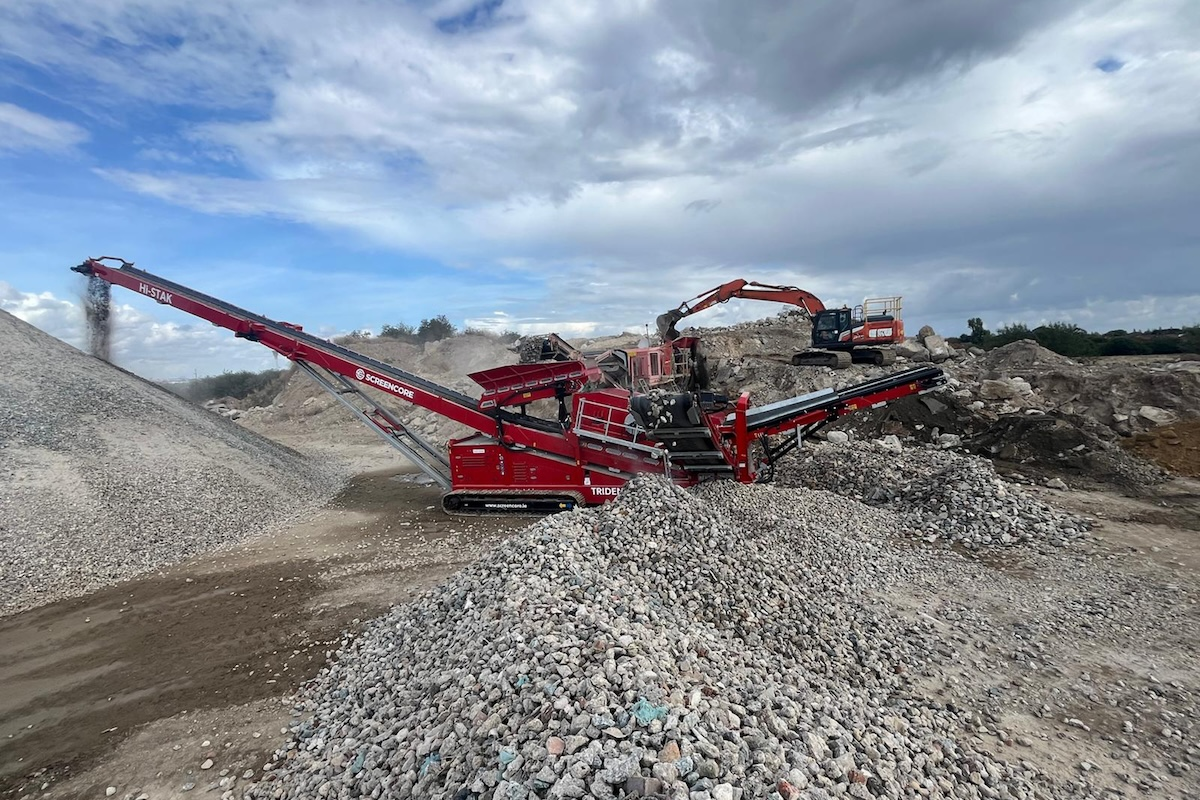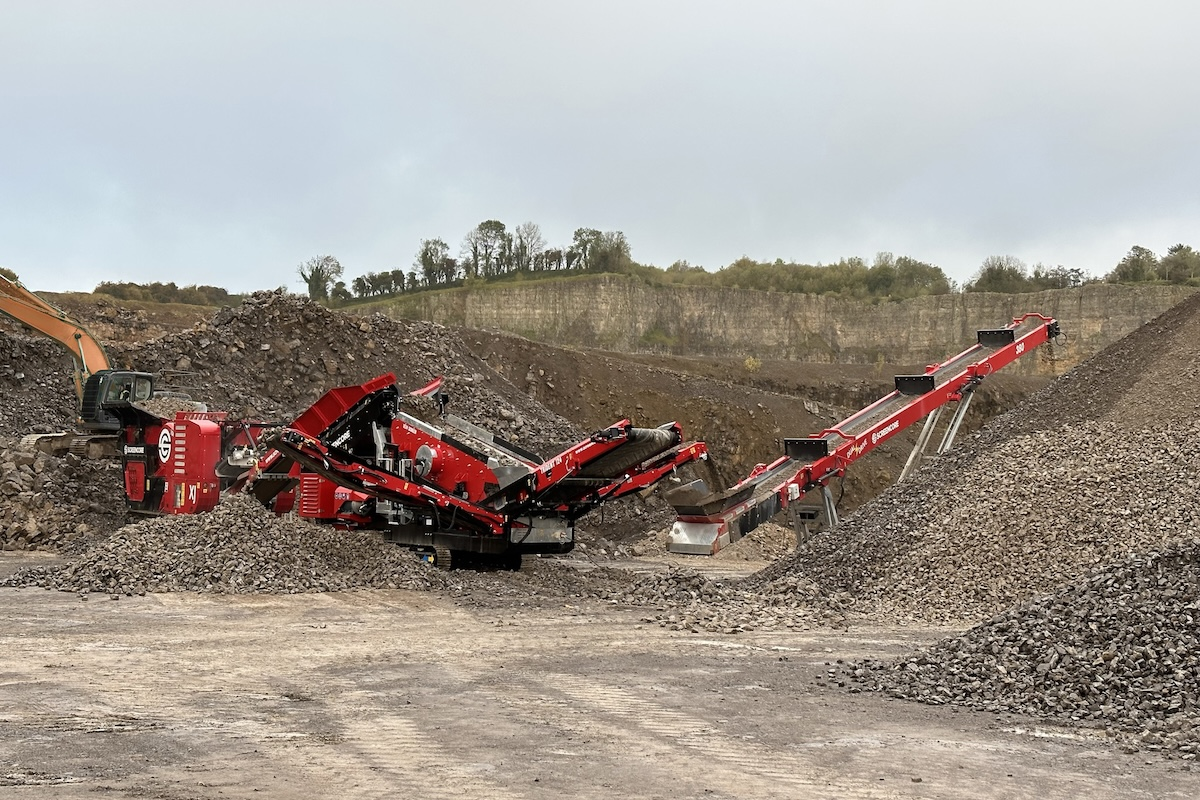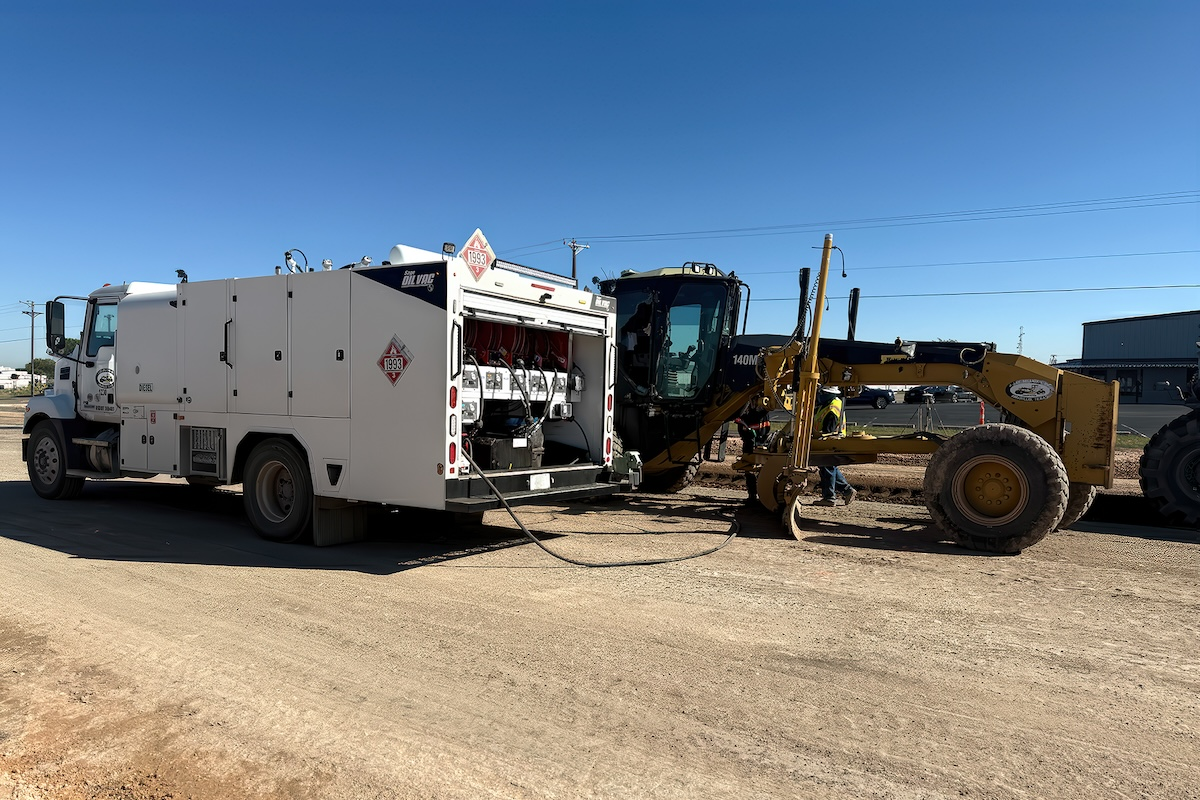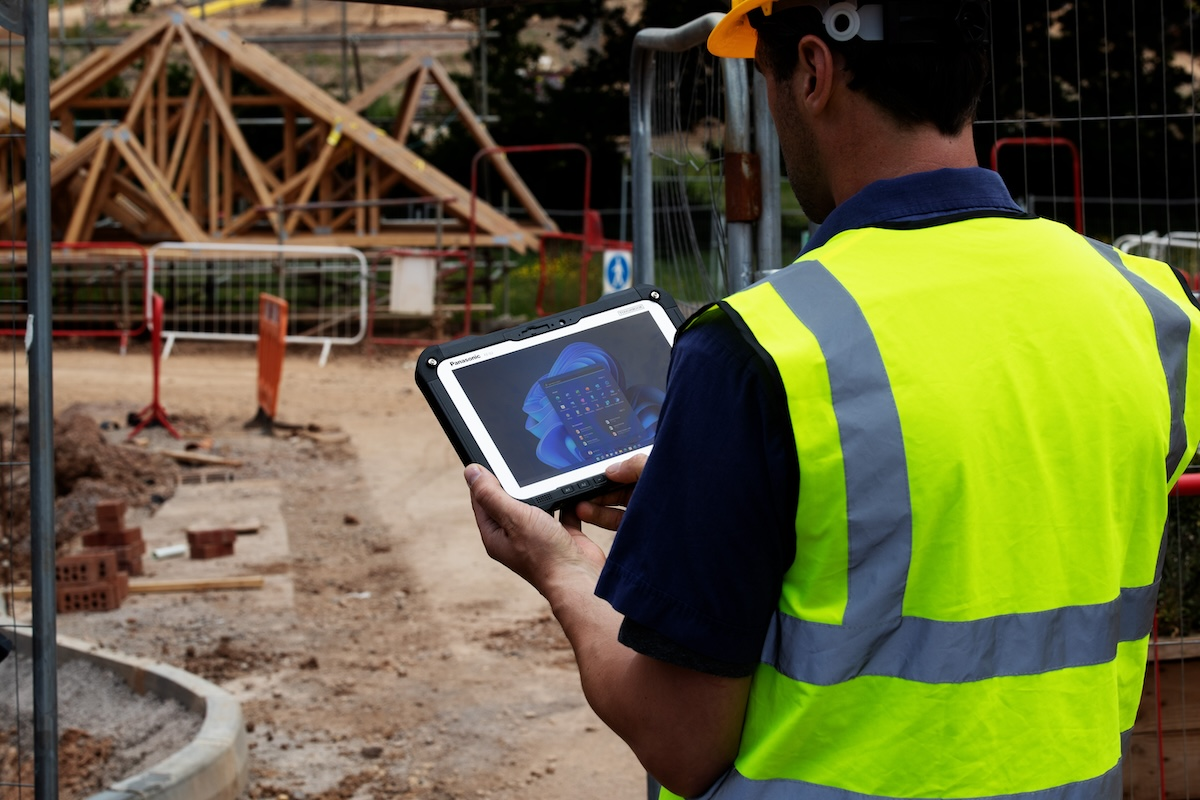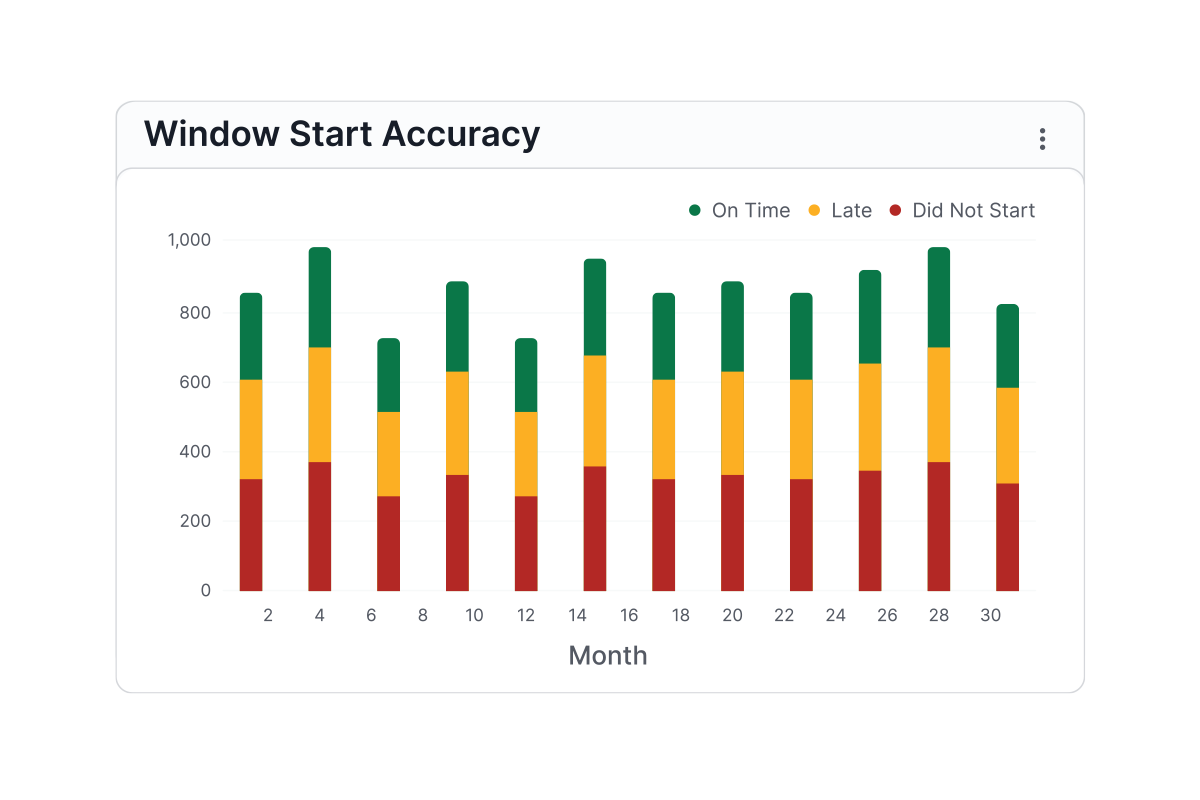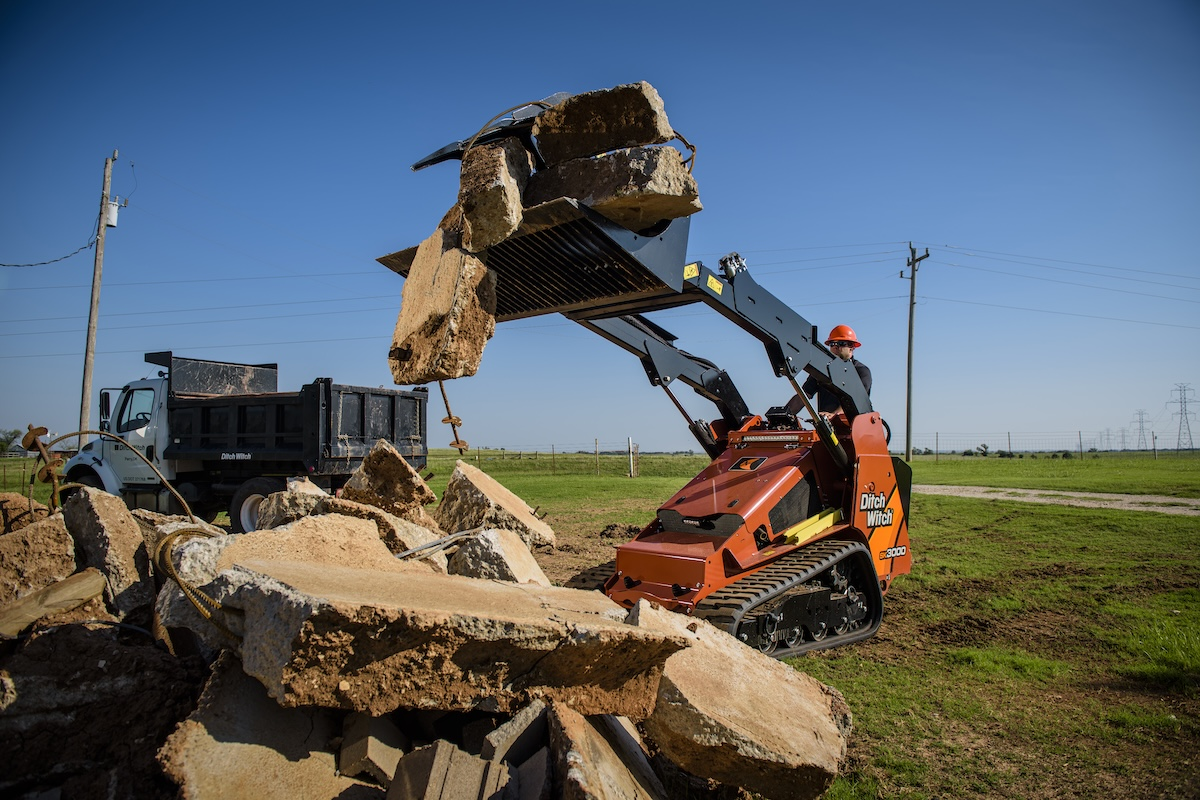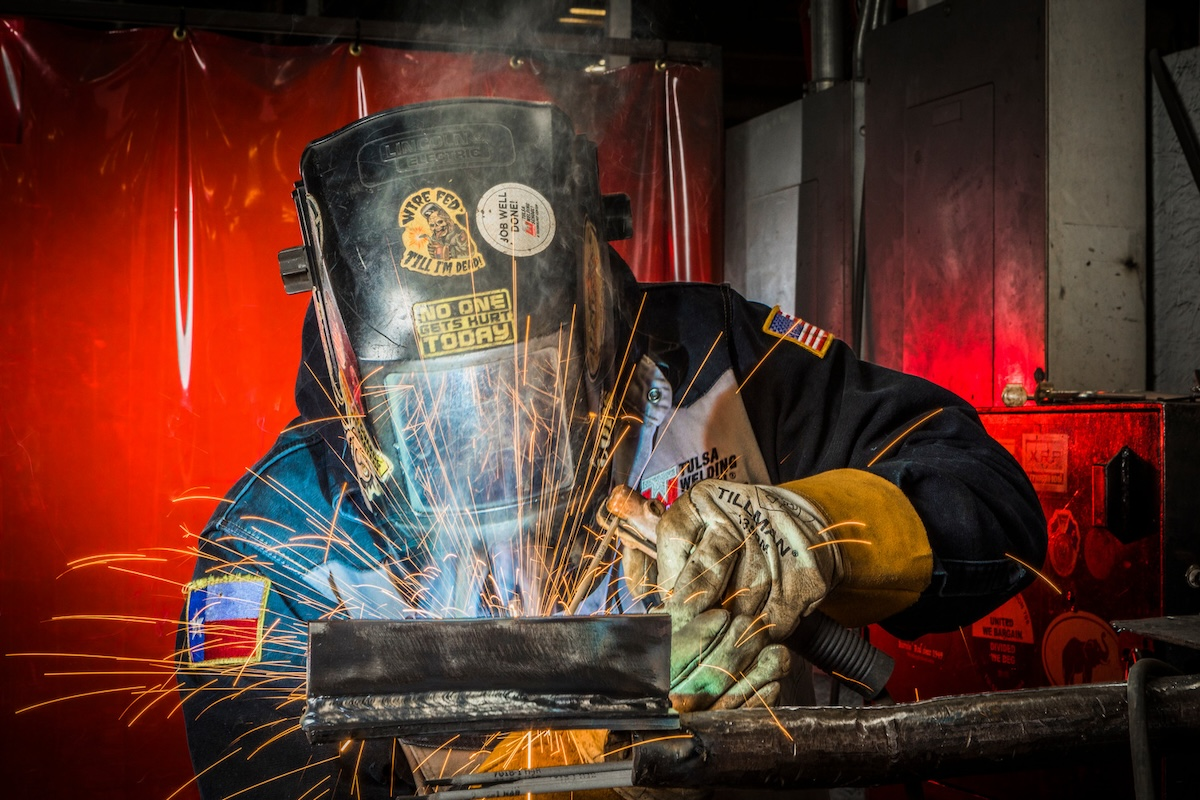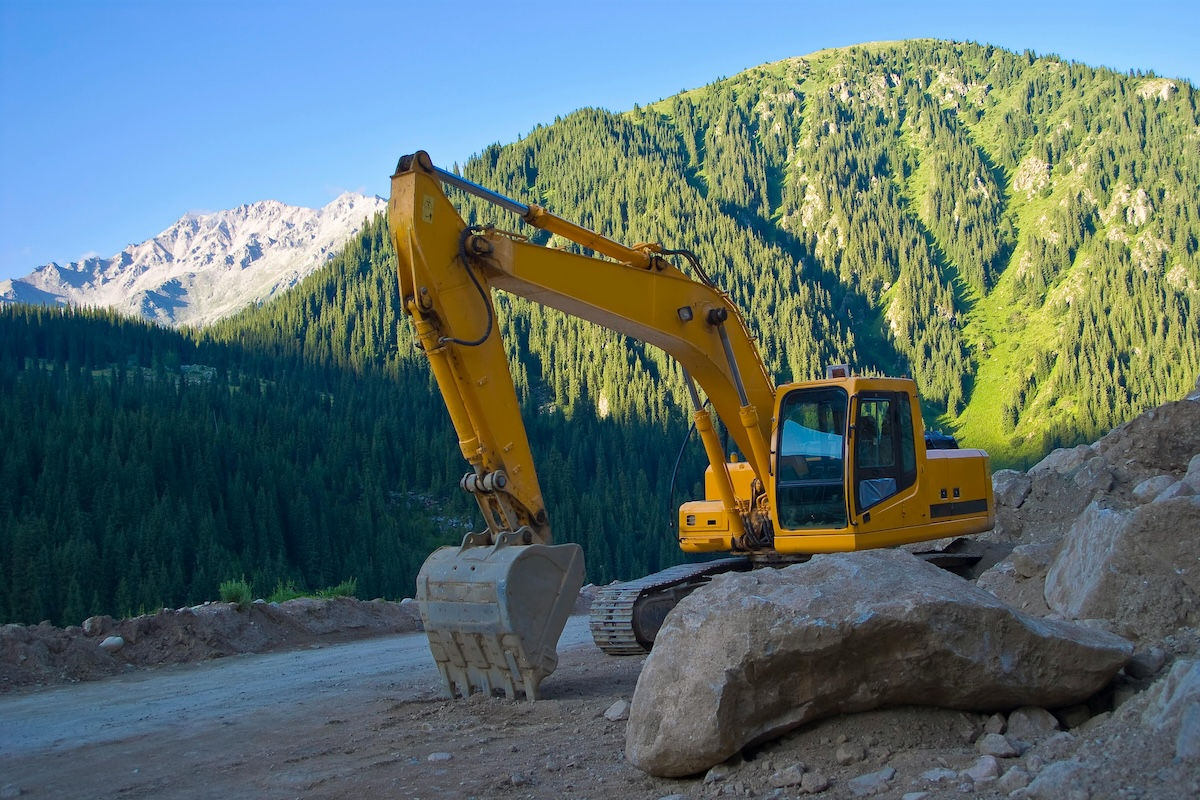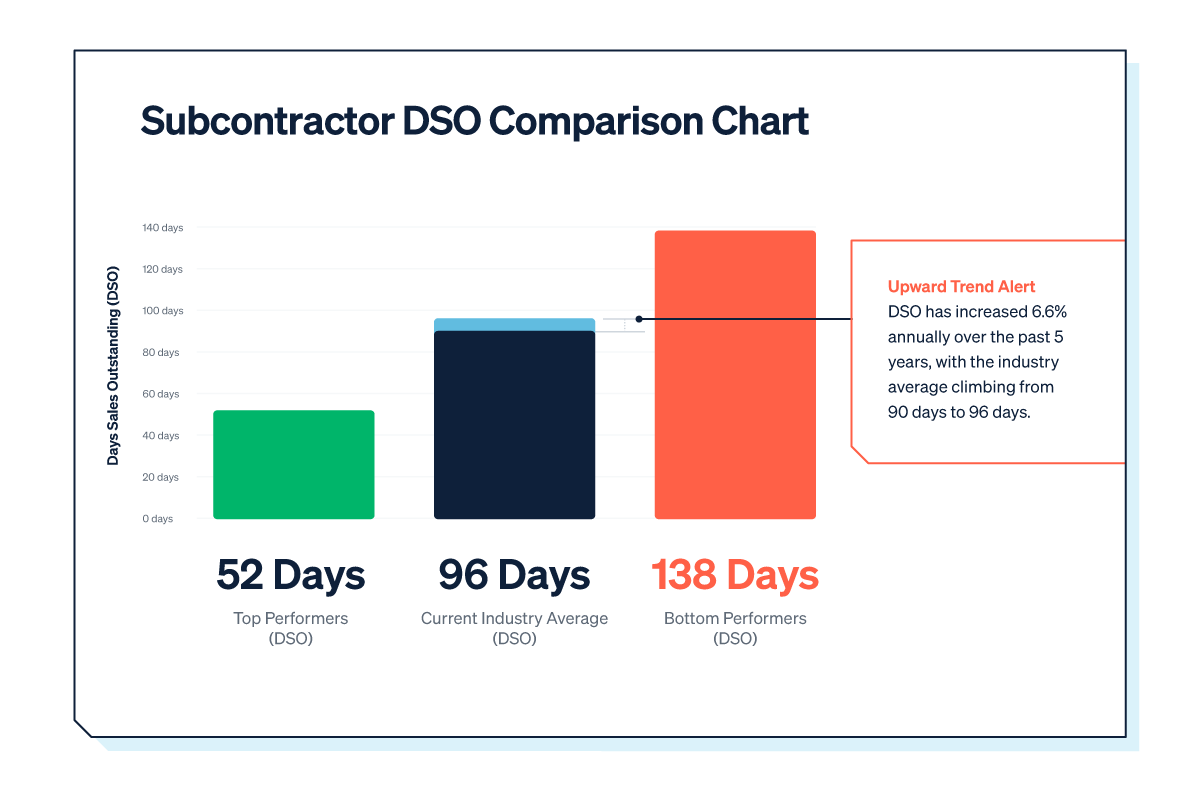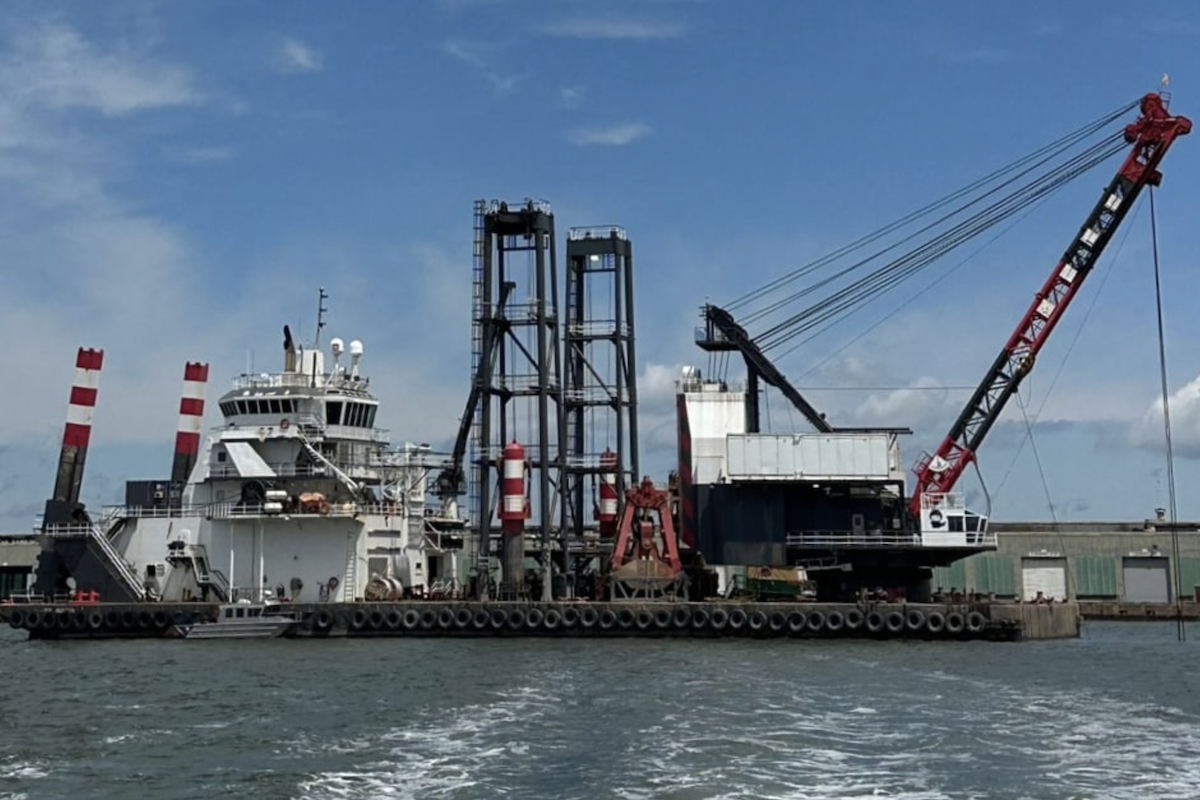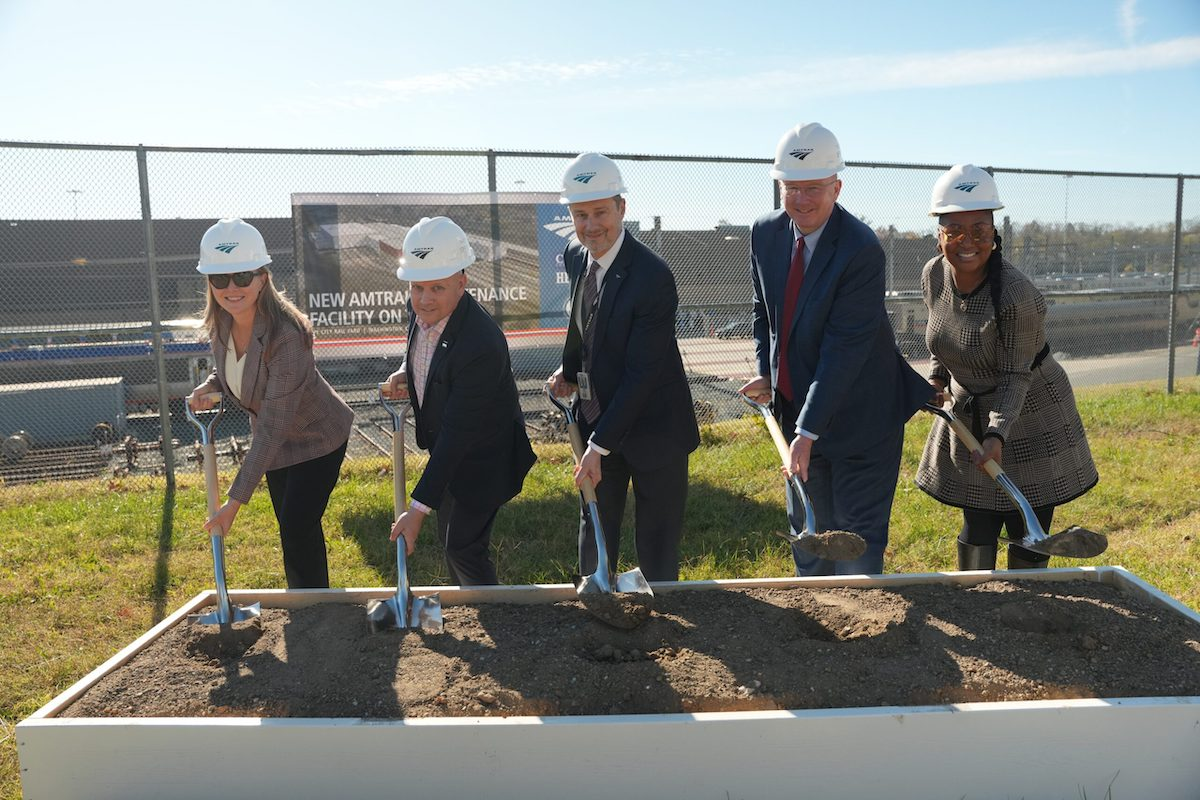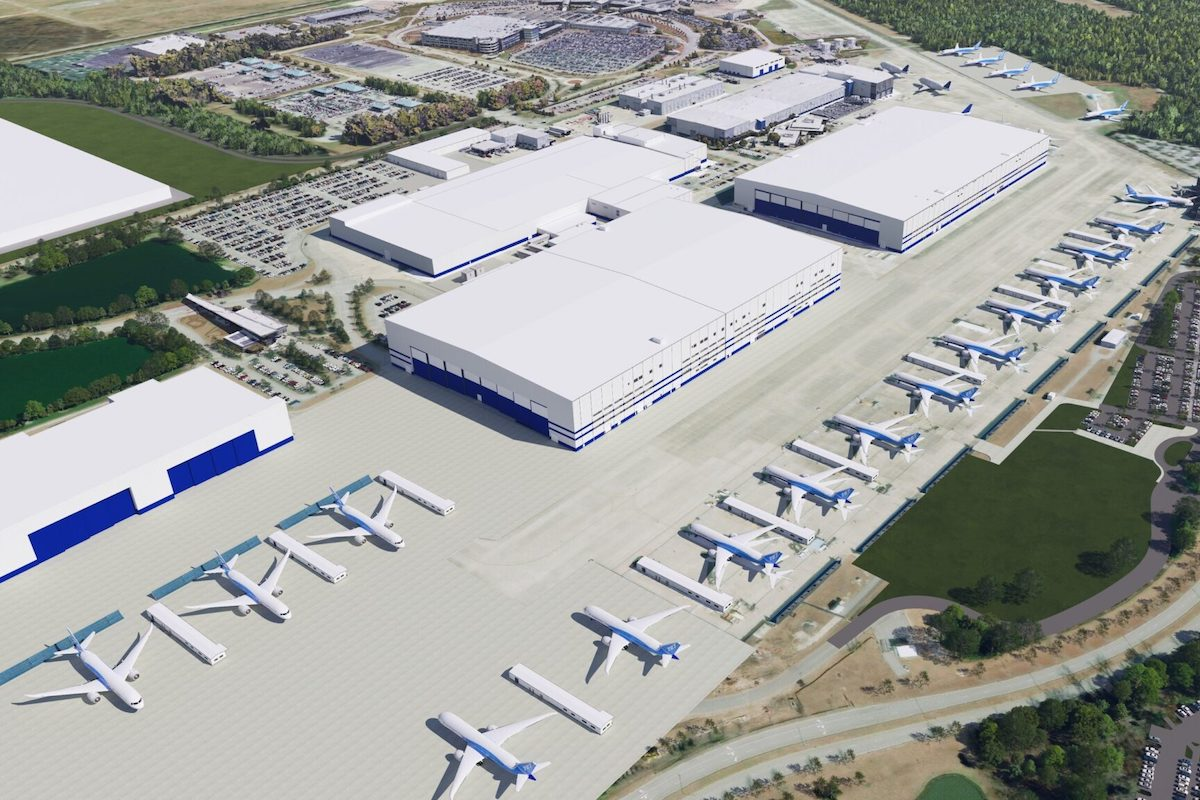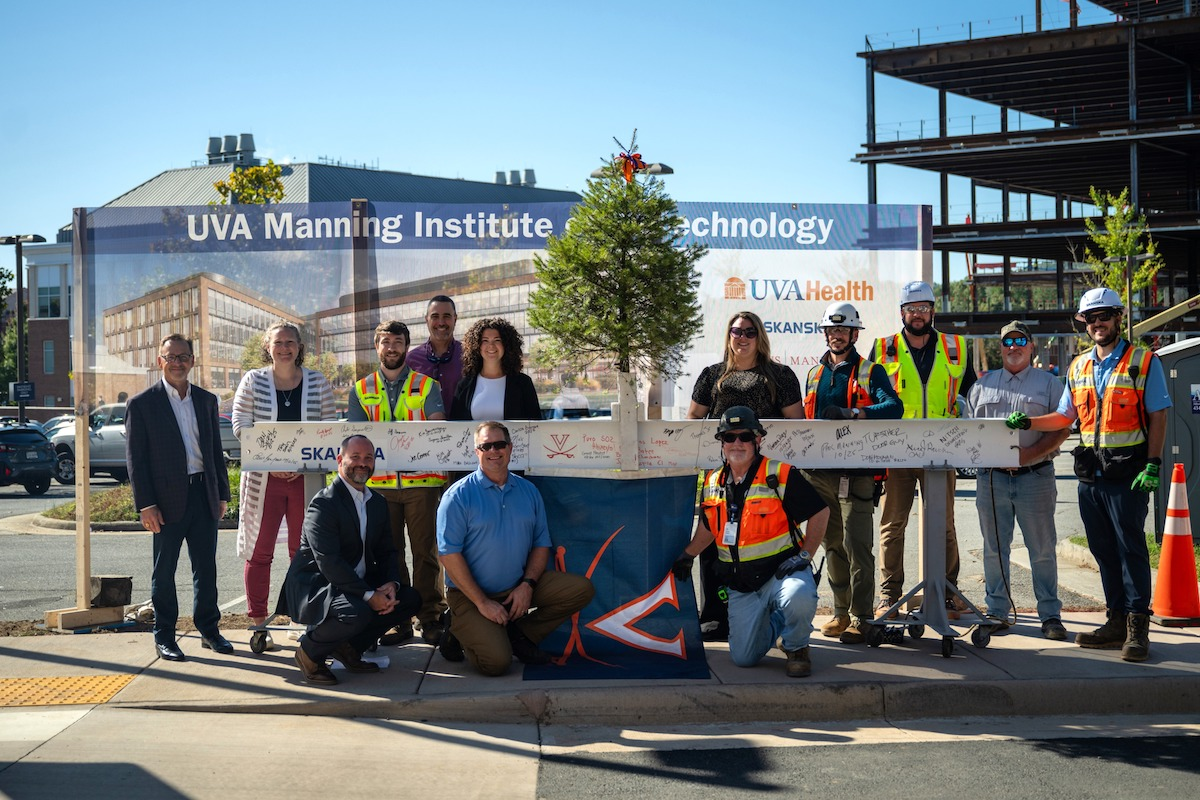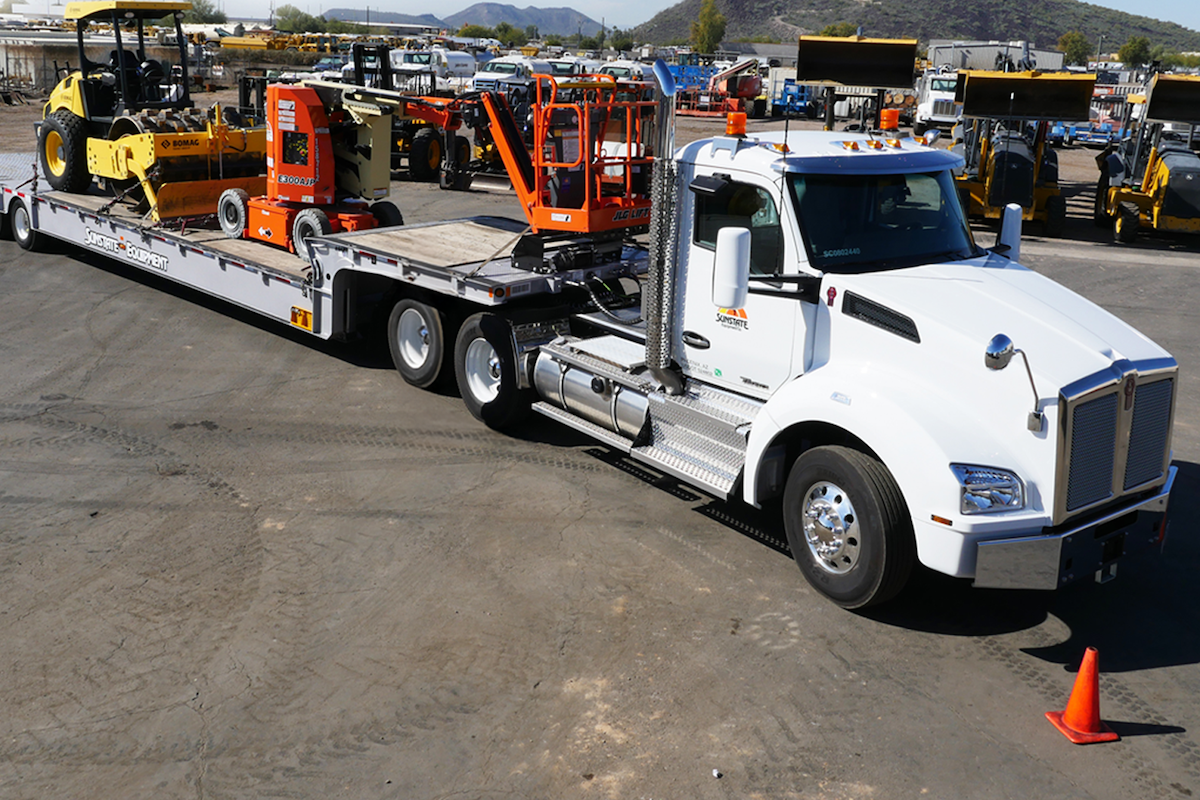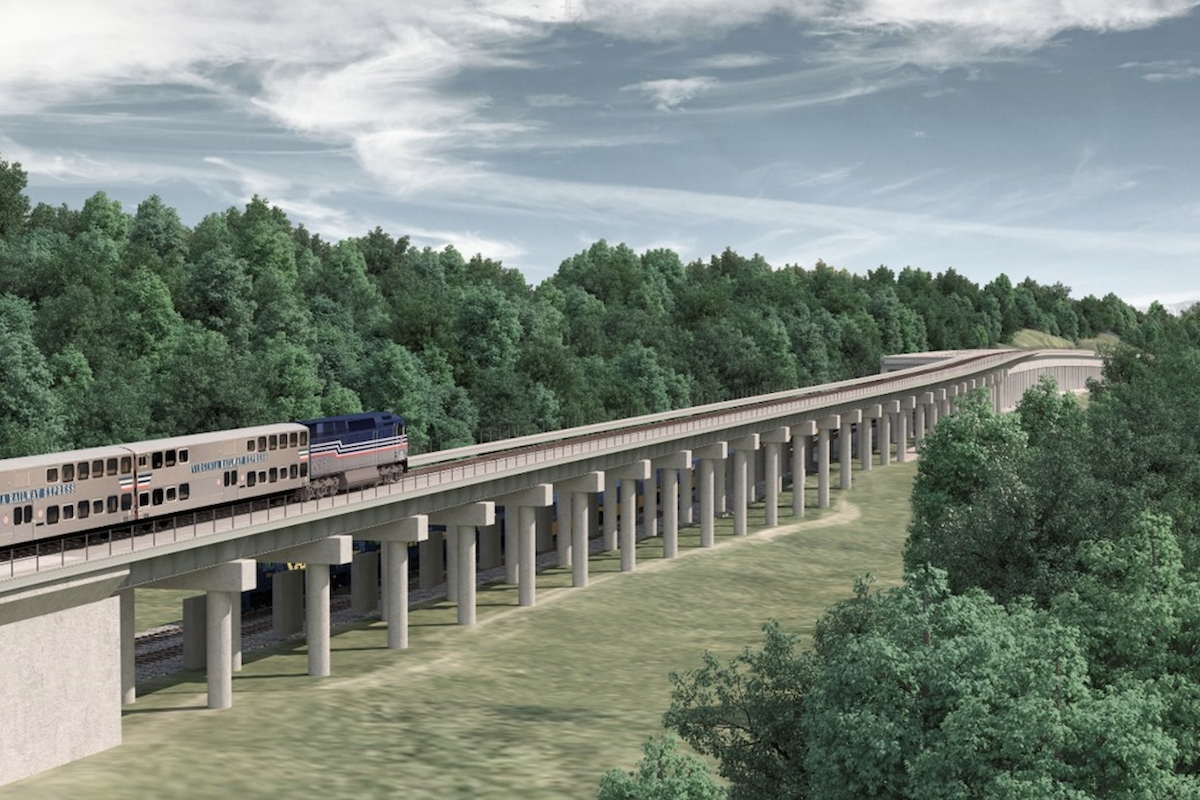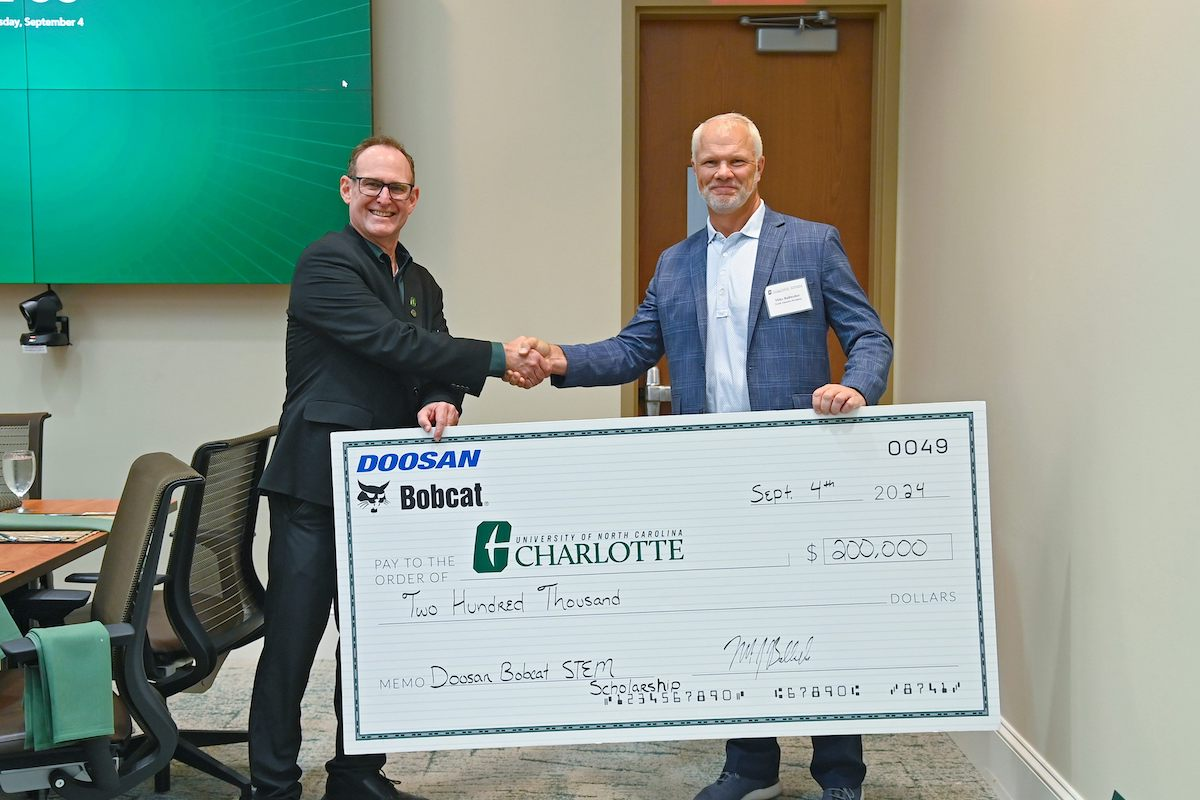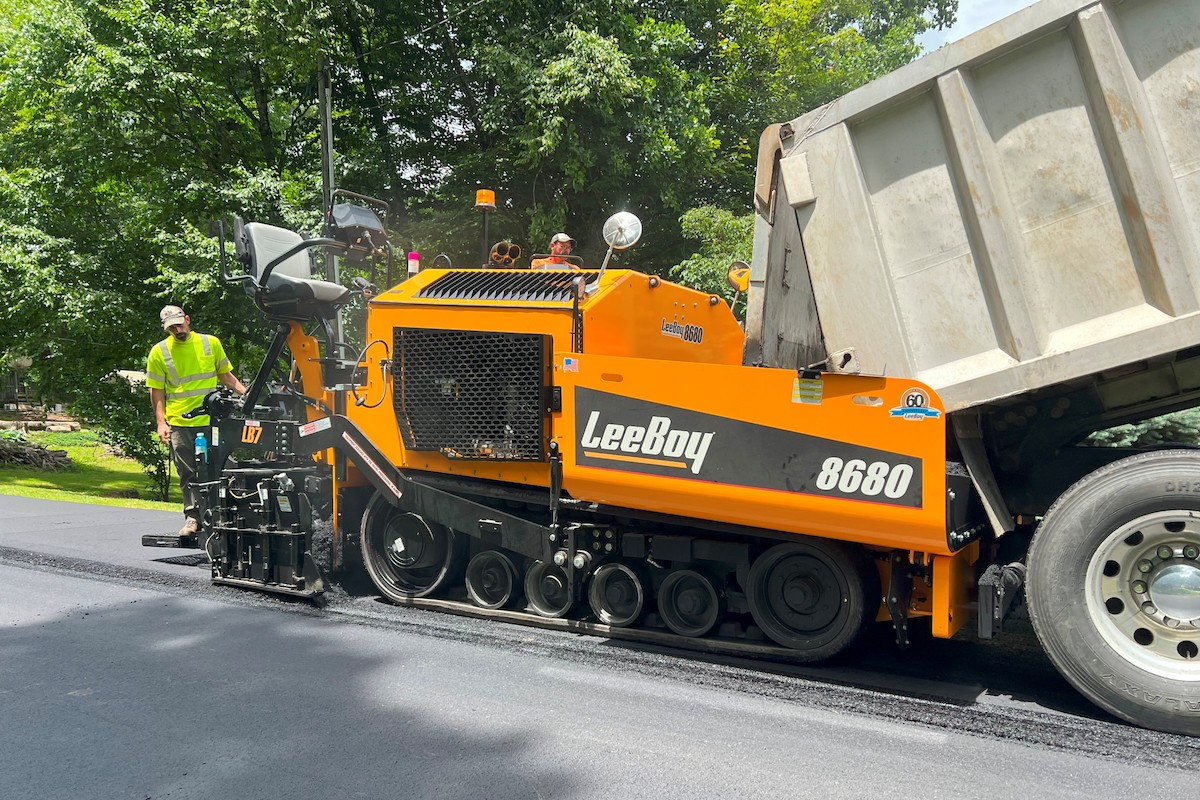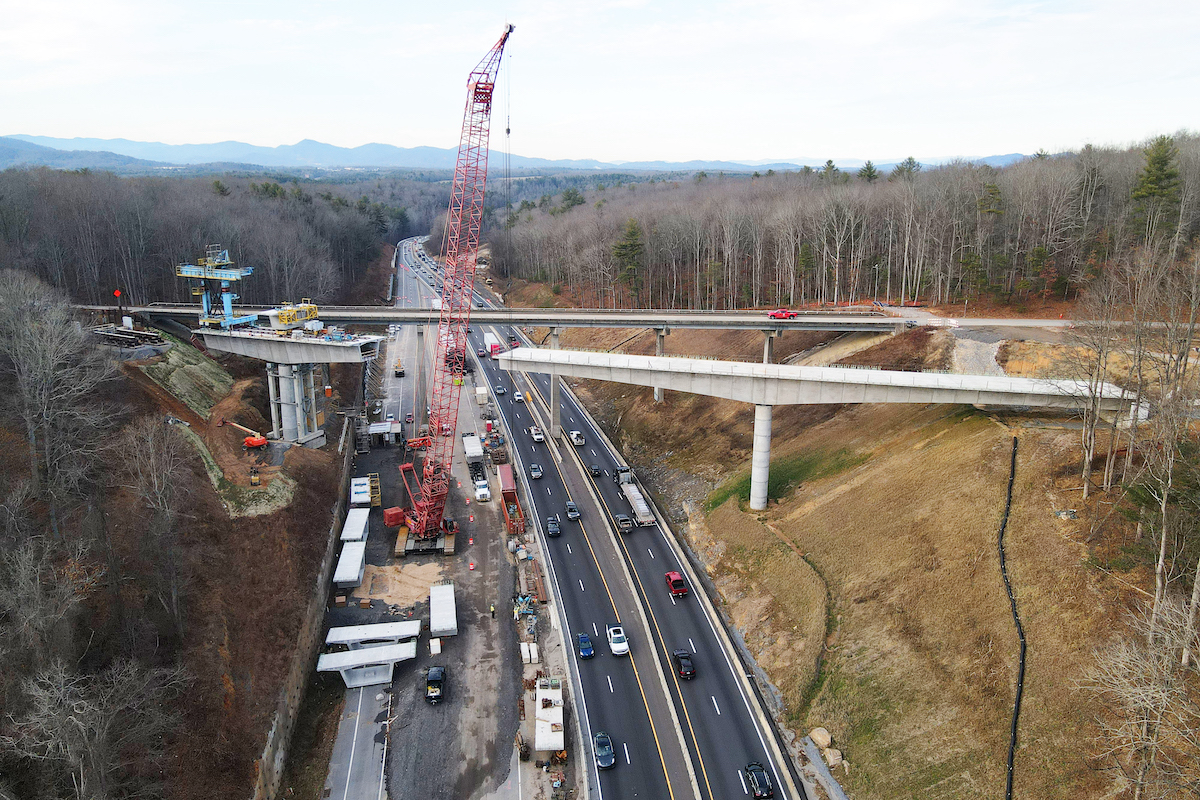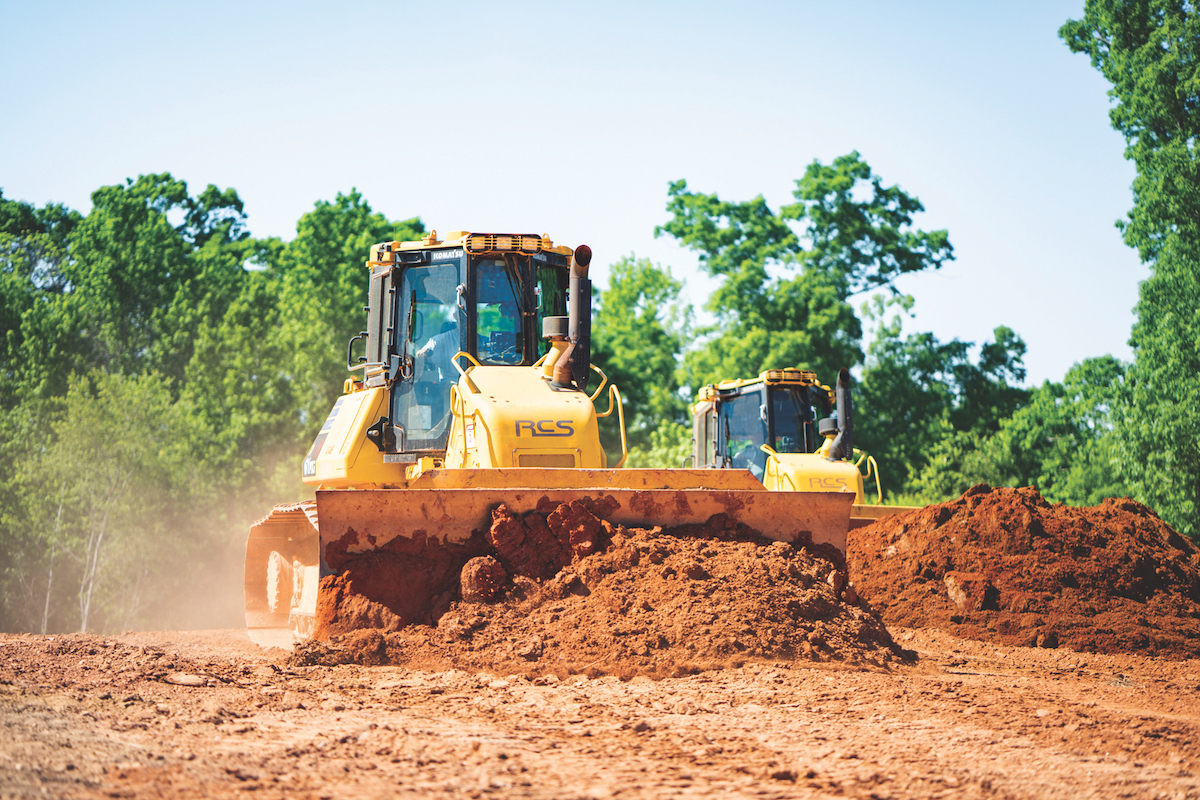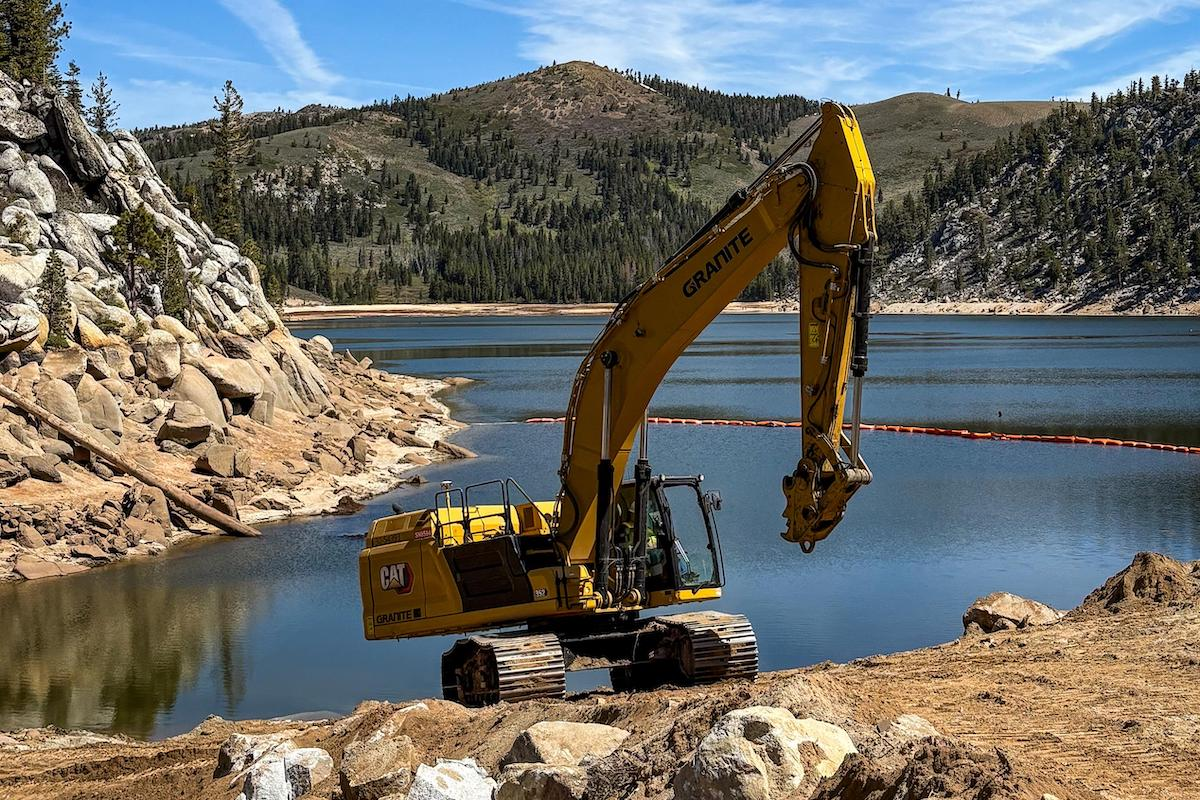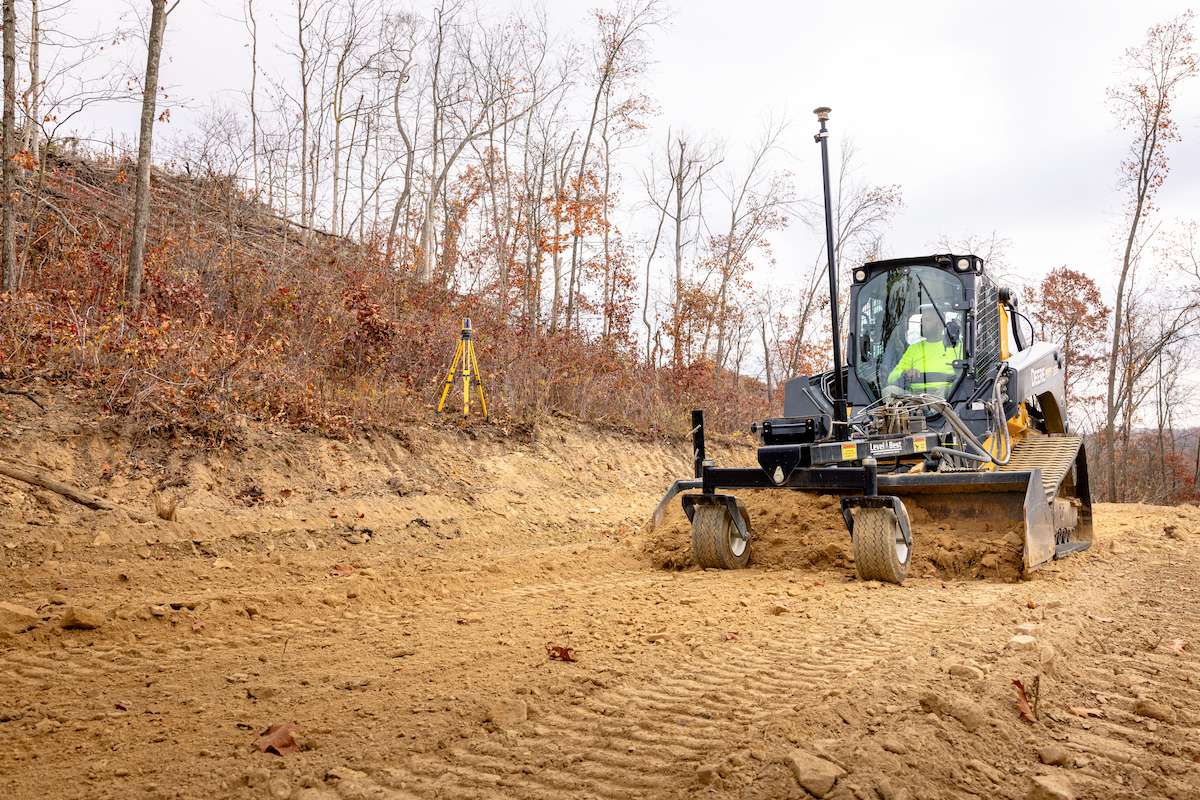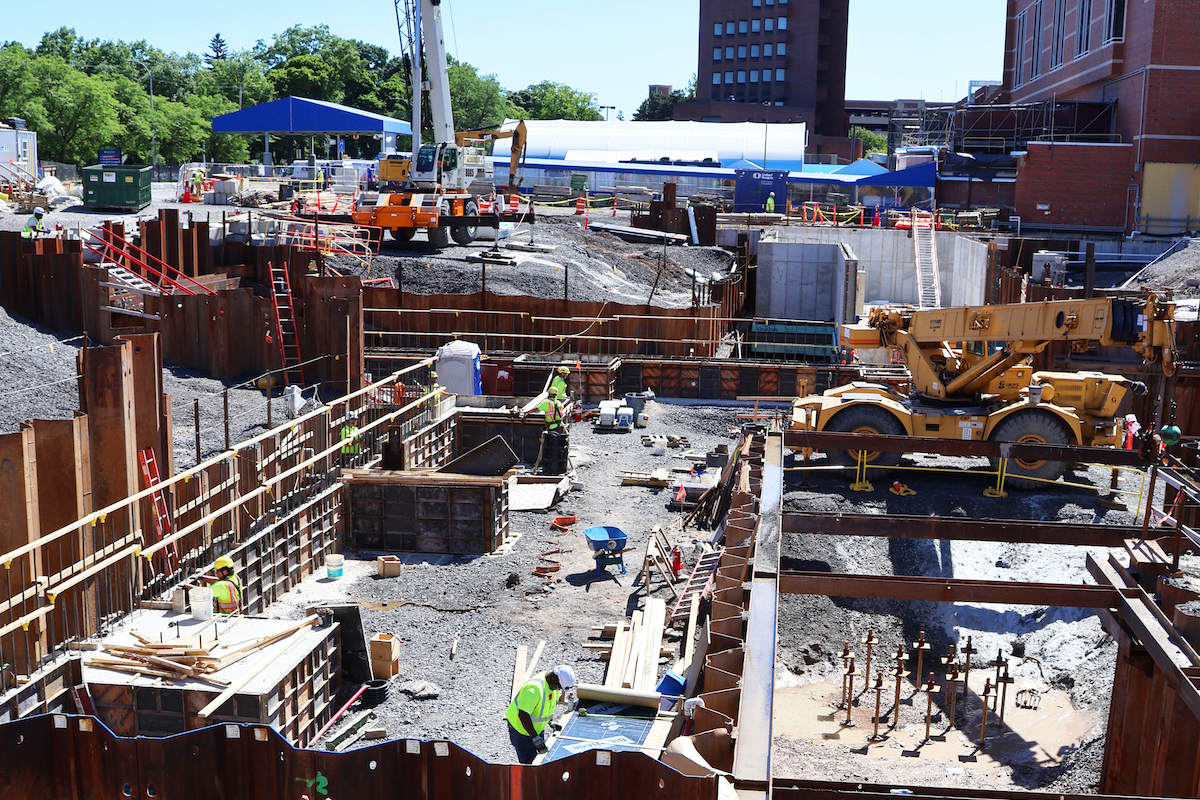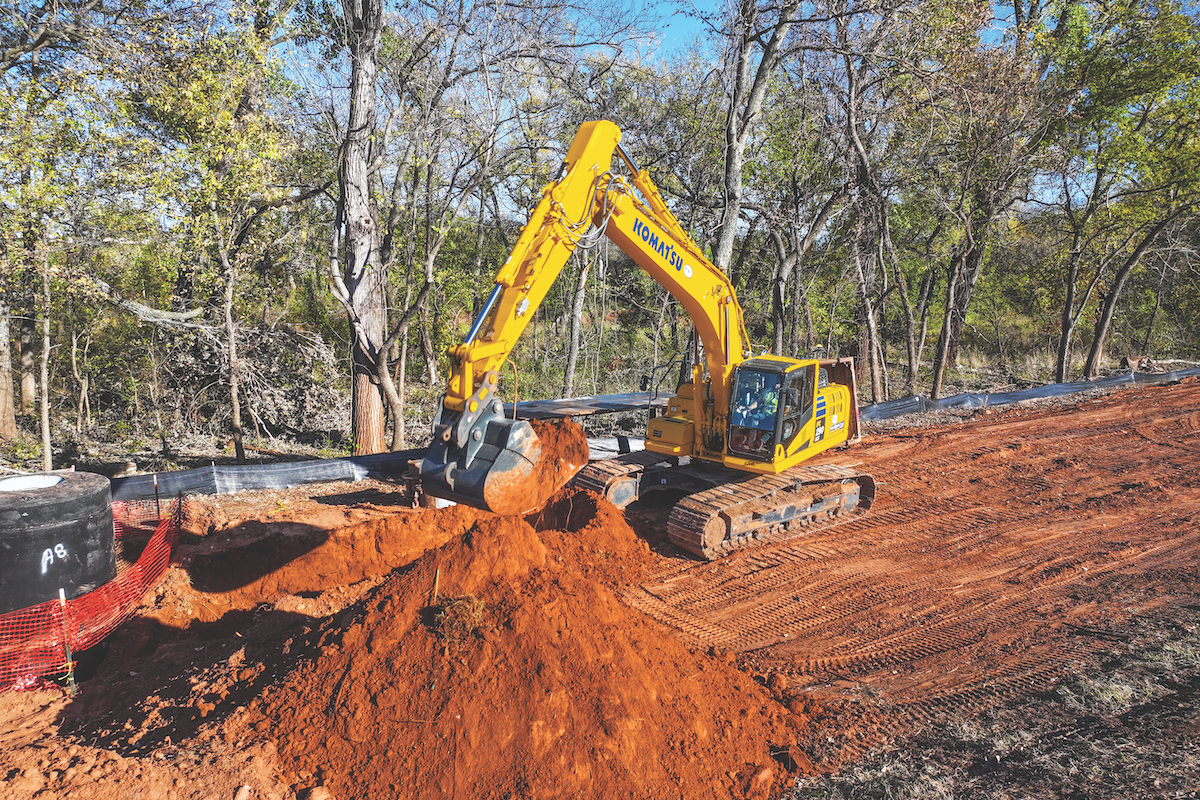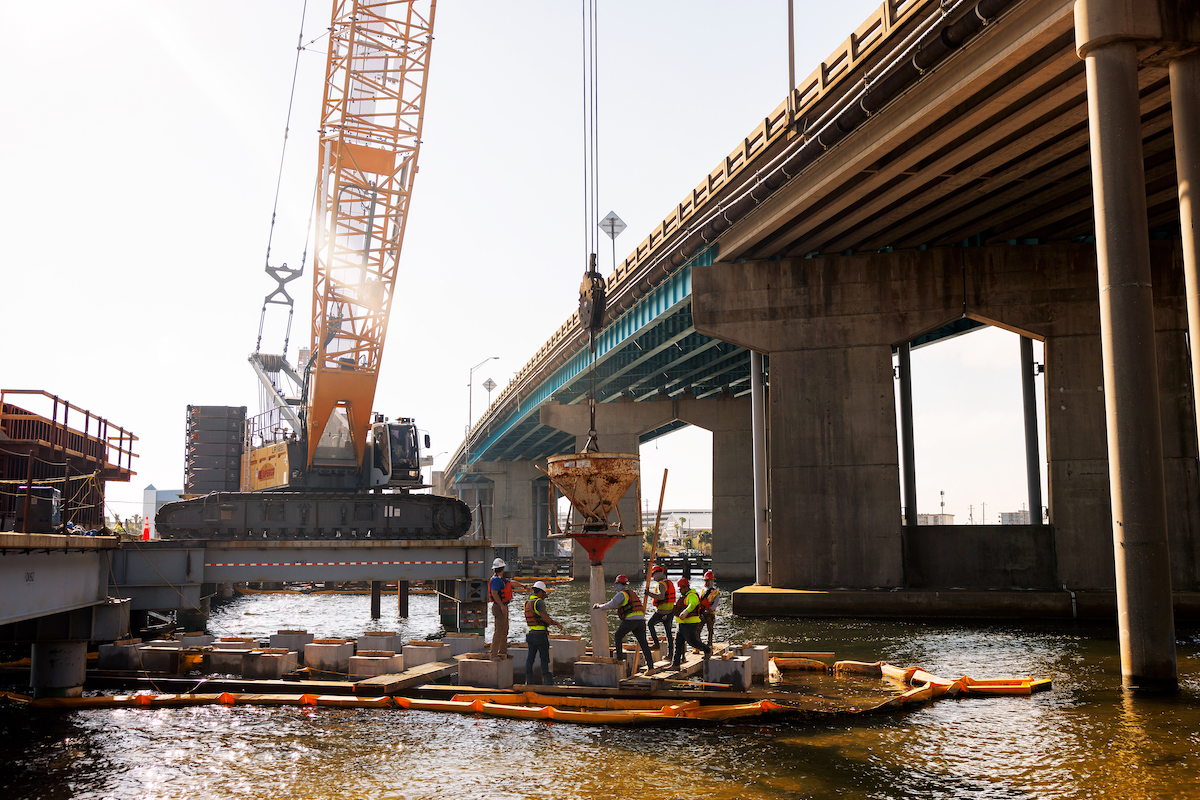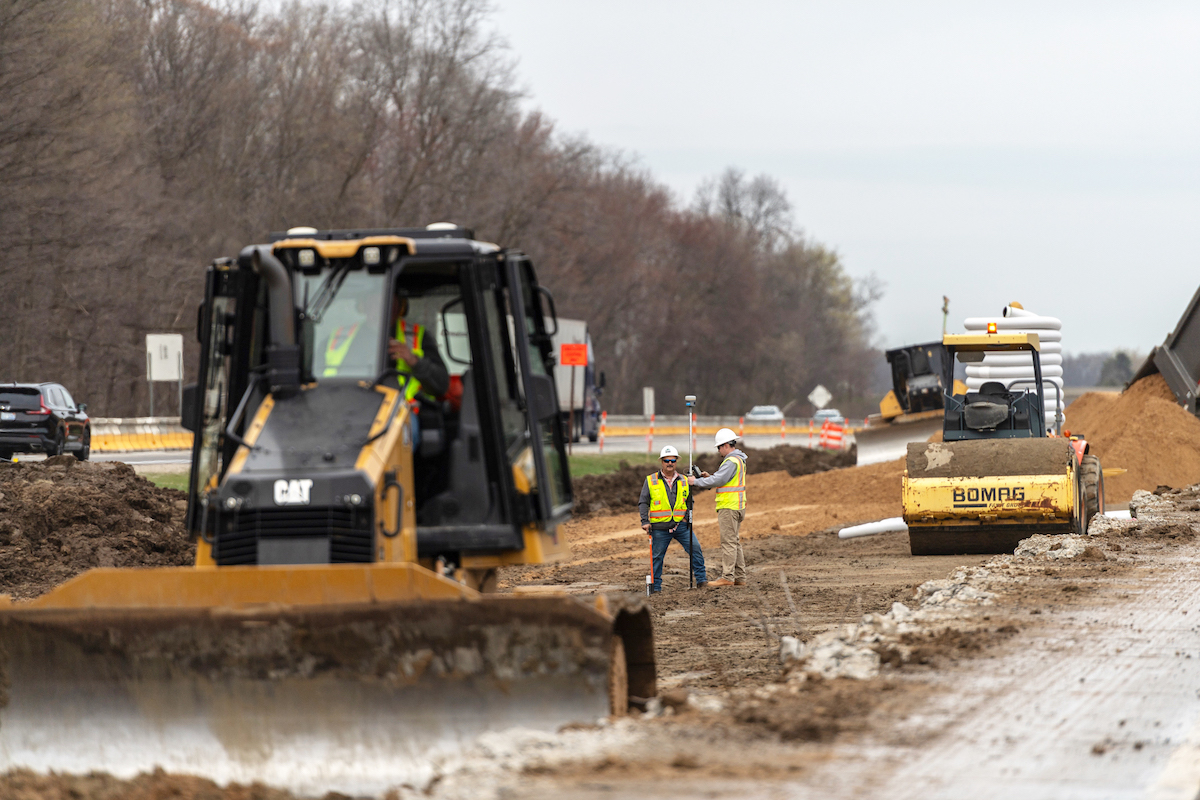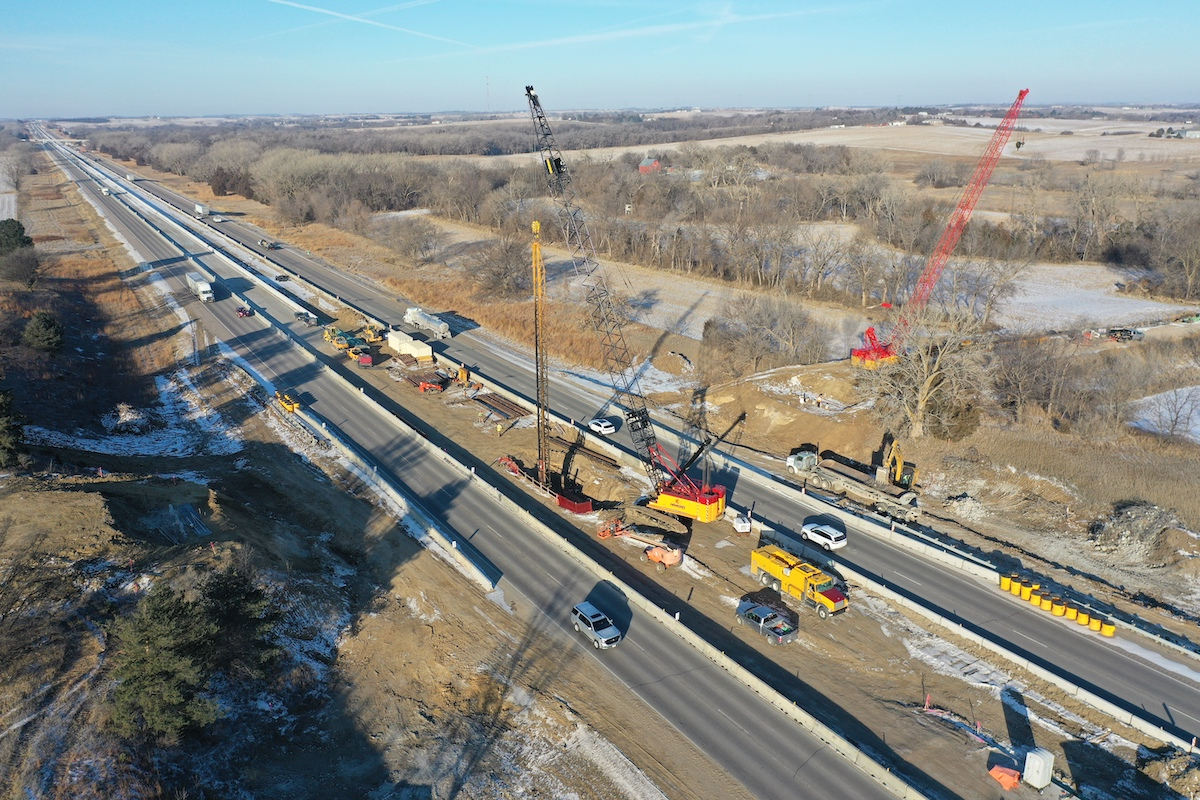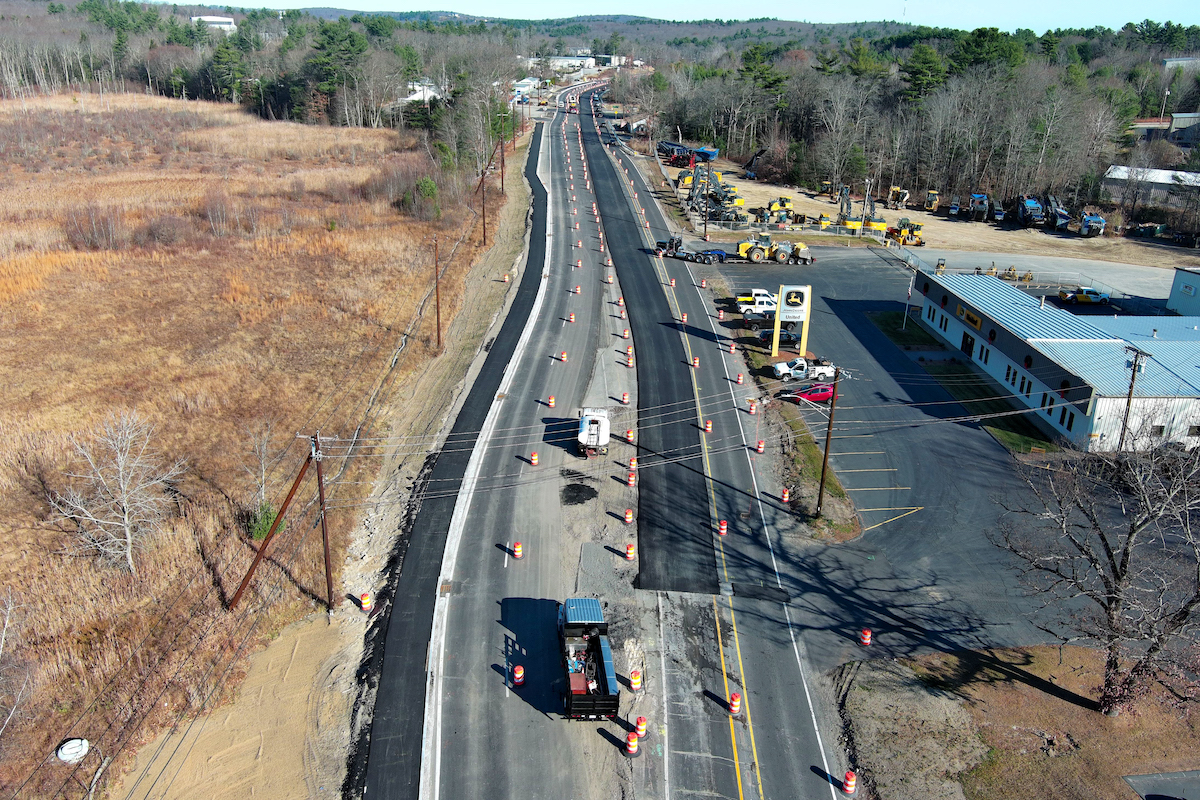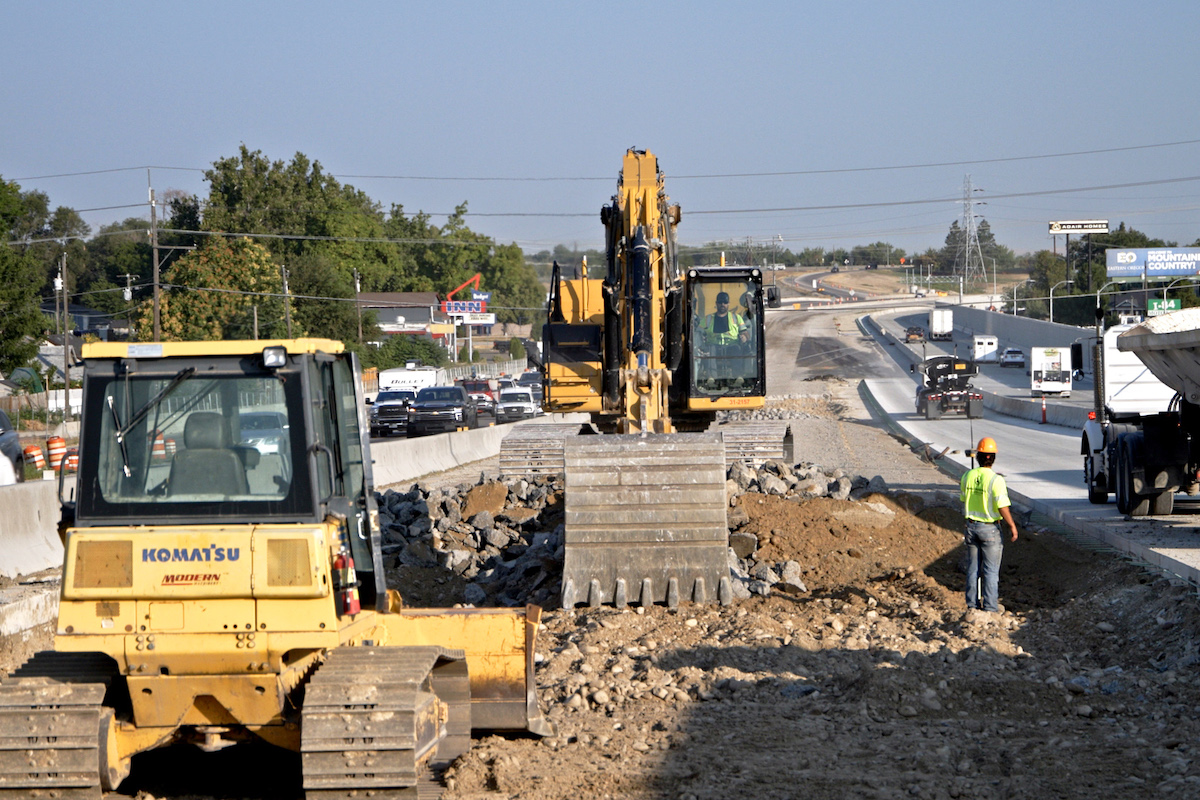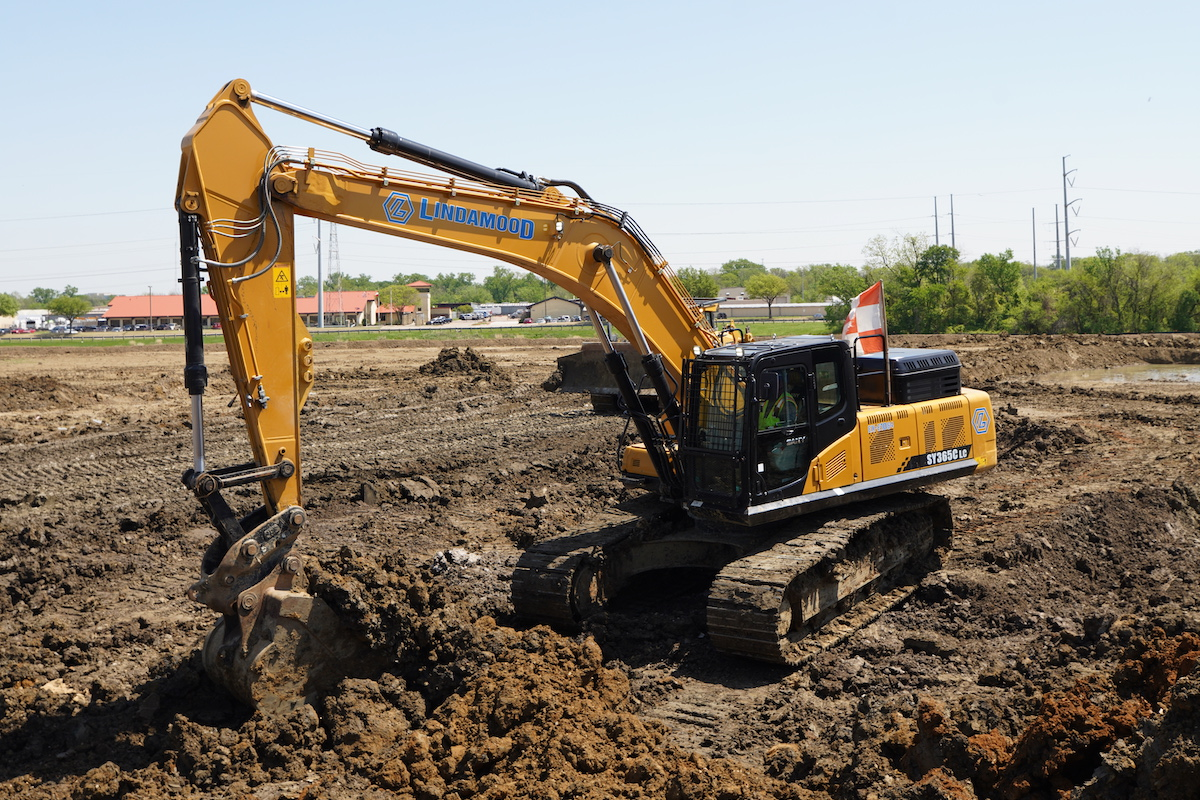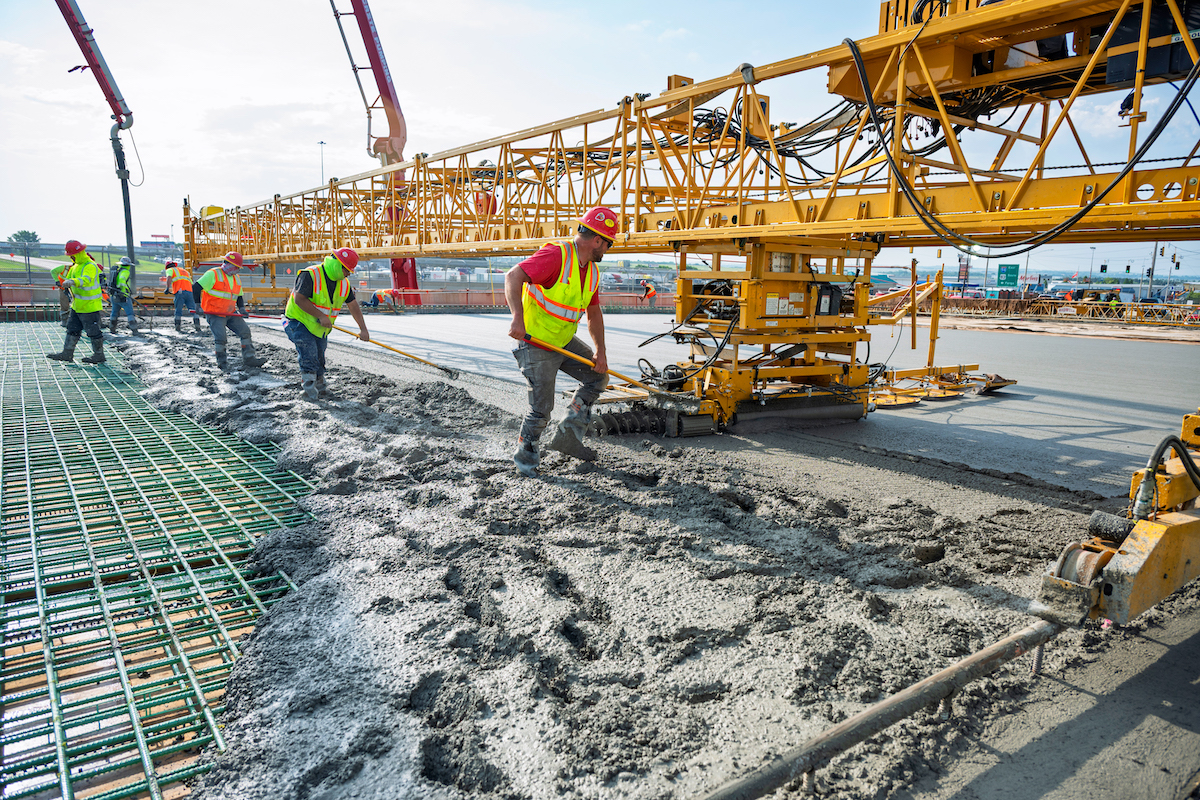Modern mobile material processing and handling equipment, although highly suited to aggregate production in quarries and sand and gravel plants, has increasingly found a niche in processing materials arising from construction operations. With exceptional productivity and fuel efficiency, crushers, screens, and stockpilers are now at work throughout the world processing a variety of materials, turning what was once considered waste into a valuable resource.
Recycling of materials generated from construction and demolition activities involves processing concrete, metal, wood, bricks, glass, and more to reduce landfill use and conserve resources. The increasing volume of these materials poses significant environmental challenges, making effective recycling and management essential for sustainable development.
Asphalt, concrete, and rubble are often recycled into aggregate or new asphalt and concrete products. Wood can be recycled into engineered wood products like furniture, as well as mulch, compost, and other products. Metals — including steel, copper, and brass — are also valuable commodities to recycle.
Mass quantities of material generated from construction and demolition have traditionally been sent to landfills. Beyond environmental concerns, this practice ignores materials that, through crushing and screening, can be turned into valuable resources.
The actual figures are daunting, with one report finding that 600 million tons of demolition and construction debris were generated in the United States — more than twice the amount of generated municipal solid waste. Demolition represents more than 90 percent of that debris, while construction represents less than 10 percent. Just over 455 million tons of debris were directed for reprocessing, with almost 145 million tons sent to landfills.

| Your local Komatsu America Corp dealer |
|---|
| Linder Industrial Machinery |
Advanced technologies and their application are key to recycling and reuse. Although facilities exist that employ automated sorting systems, magnetic separators, and other technologies to efficiently recover recyclable materials, dealing with material at the source is often more cost effective, minimizing transport costs, road emissions, and double handling.
Companies working in the demolition and recycling industries have been quick to see how mobile material processing and handling equipment can aid business operations. Playing a major part has been the development of compact tracked jaw crushers, scalper-screens, trommels, and radial stockpilers. In addition, mobile pugmills have proven effective in dealing with asphalt, channeling what was once waste back into highway construction.
These solutions help turn materials that were once burdensome and difficult to deal with into high-quality aggregates and other valuable products. Manufacturers have set out to build equipment that helps contractors in the field be more profitable, efficient, and effective in processing and handling materials. In most cases, environmental efficiency has been incorporated into product development to minimize customers’ carbon footprint and turn construction waste into reusable and/or resaleable products.
A typical application involves a compact, easy-to-transport tracked jaw crusher being fed demolished or excavated material, usually by an excavator or loading shovel. Many modern compact jaw crushers are designed with a low environmental footprint, making them an ideal solution to meet the needs of a recycling contractor, rental fleet, or inner-city demolition/recycling site. They often weigh around 60,000 to 65,000 pounds, which means they can be easily relocated without the need for permits. They are also designed to be acoustically friendly while delivering impressive throughput, even on concrete with rebar.

| Your local Topcon Positioning Systems Inc dealer |
|---|
| Linder Industrial Machinery |
After crushing, material is often fed into a scalper/screener that can produce products as small as 1 inch. In addition, any ferrous metals — such as rebar or wire — are easily removed for resale/recycling by the overband magnet on the discharge conveyor before being fed into a mobile screen. In many applications, 1-inch material is used for pipe bedding; 2.36-inch material is placed as road subbase or undergoes secondary crushing for concrete production; and larger materials are used as drainage stone.
Due to the easily transportable nature of modern equipment, the crusher and screen combination can be readily moved to where the material is. This means that the material can be processed where it originated, and generally where it is needed, resulting in no unnecessary emissions, material handling, or transport costs. In addition, the local environment is not subject to unnecessary traffic disturbances, and the overall carbon footprint is dramatically reduced. Quick set-up times, easily adjusted closed side settings, and fuel efficiency are just some of the reasons contractors and recyclers have adopted mobile equipment.
To achieve precision screening and scalping with large material stockpiles, two processes are required: screening and stockpiling. Some equipment, such as Screencore’s Hi-Stak 125, combine those functions, allowing contractors to produce high-quality, accurately sized aggregates for large material stockpiles. Mounted on tracks, the screener-stockpiler is able to go where the material is and follow tracked crushers and screens.
For some operations, however, mobility is not essential. Stationary solutions, often based around a trommel screen working alongside stockpilers and scalpers, can be customized to suit individual applications. These material handling systems are often used in conjunction with air separation systems. Engineered for plastic or “lights” contamination removal, they are available in diesel or electric power.

| Your local Bomag Americas dealer |
|---|
| Linder Industrial Machinery |
In fact, an increasing trend in these days of high fuel costs is electrically powered stationary and mobile plants. Through the use of this power source, precision processing of materials is accomplished cost effectively with low emissions.

